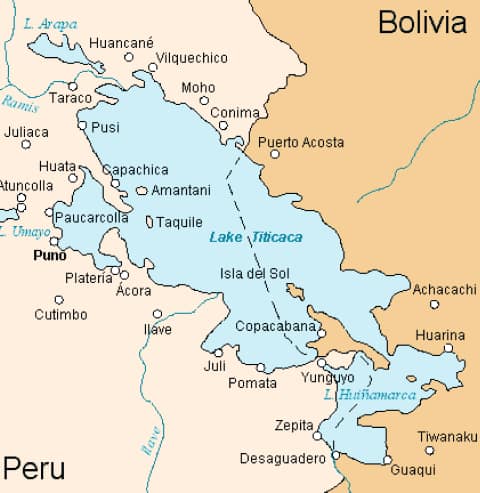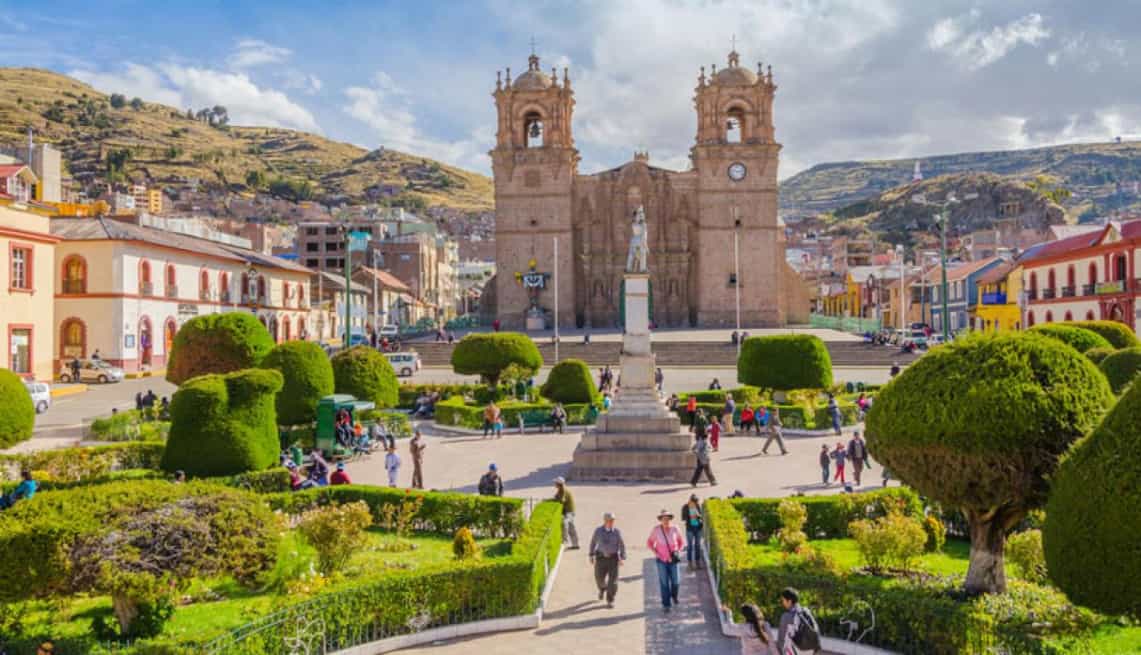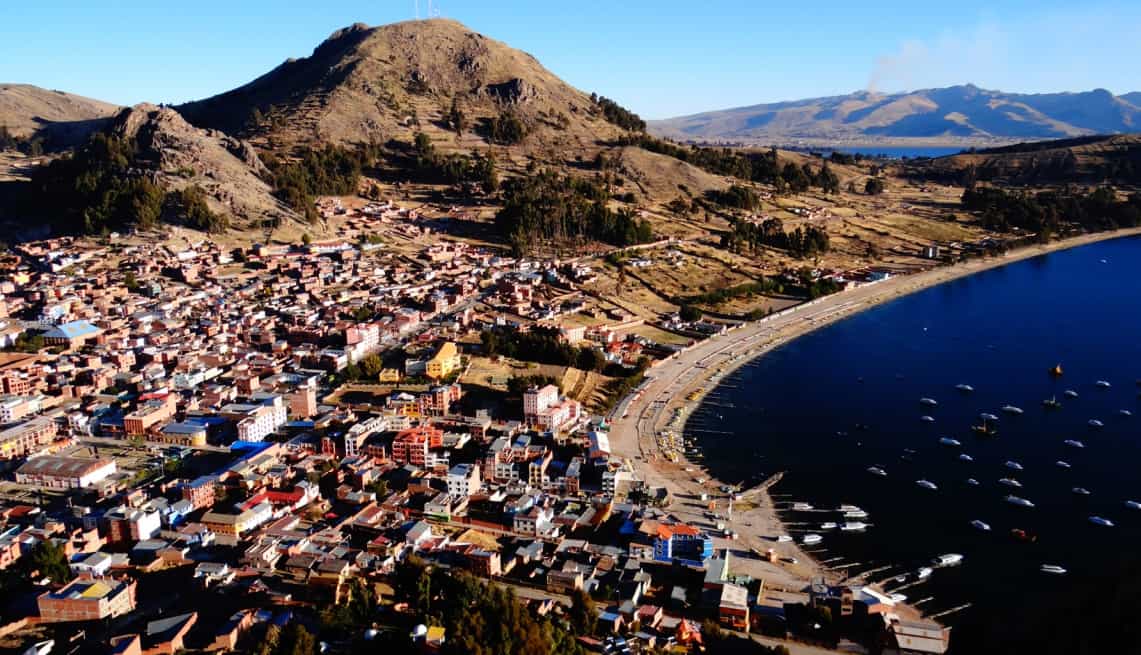History of the Lake Titicaca
Lake Titicaca was home to many ancient civilisations in the past. The Puraka people settled here in order to enjoy the riches of the fertile soil around 200 BC. Approximately 1,000 years later the Tiwuanaku culture began to grow and spread through the Altipano and into Bolivia. Numerous civilisations occupied Lake Titicaca and the surrounding areas throughout the years. These include the Aymaras, the Collas and finally, the Incas, who united many cultures. The current inhabitants of the area are the Uros people, who have held the land for hundreds of years.



